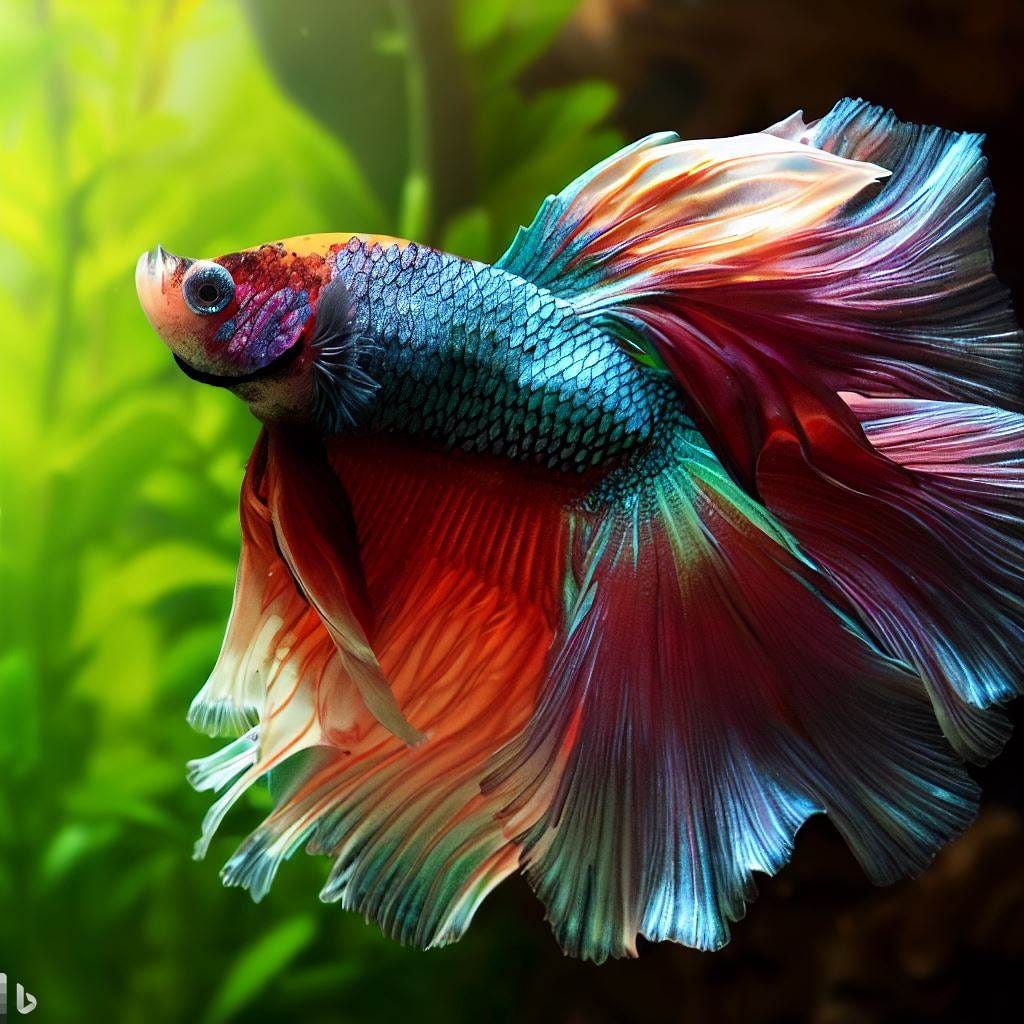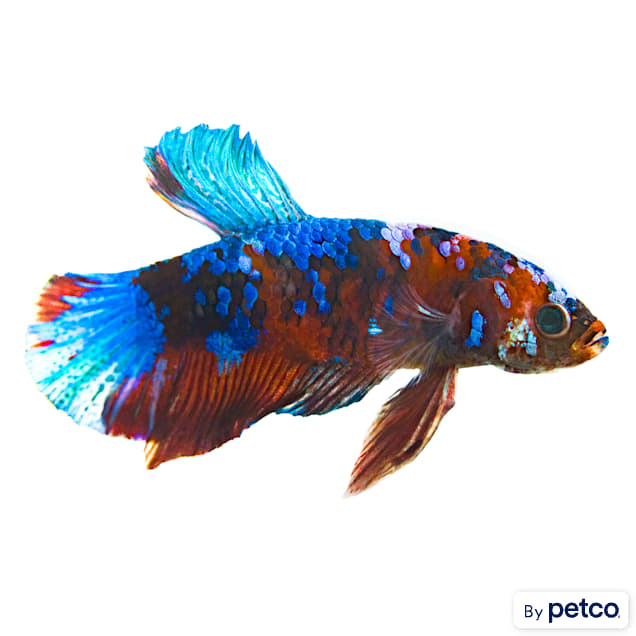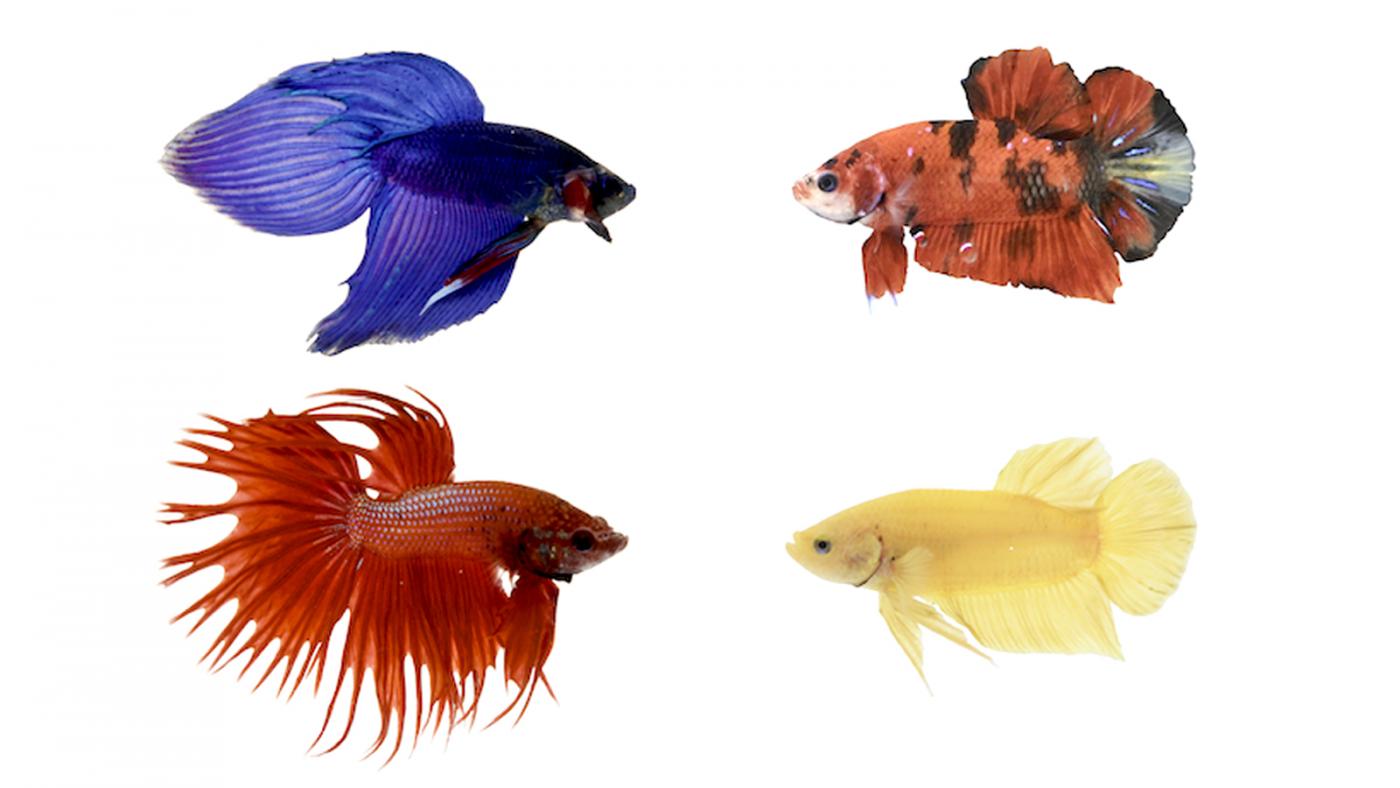Betta Fish Diet Plan: What to Feed Your Betta for Optimal Wellness
Betta Fish Diet Plan: What to Feed Your Betta for Optimal Wellness
Blog Article
Breeding Betta Fish: a Comprehensive Step-By-Step Overview to Effectively Raising Child Bettas From Eggs to Their Adult Years
Breeding Betta fish is a precise endeavor that needs cautious preparation and execution to make sure the effective advancement of fry from eggs to develop fish. As the male Betta vigilantly constructs a bubble nest and guards the priceless eggs, the subsequent stages of care and shift need focus to detail and expertise of best methods.

Choosing Reproduction Pairs
When starting the trip of reproducing Betta fish, choosing the best reproduction sets is crucial to attaining desirable attributes and a healthy family tree - betta fish. The very first step in this procedure is to identify the particular attributes you want to improve or preserve, such as shade, fin type, and physique. It is vital to choose genetically varied pairs to avoid inbreeding, which can bring about health and wellness concerns and undesirable attributes
Evaluate potential reproducing candidates meticulously. A healthy and balanced male Betta should show vibrant colors, an active attitude, and well-formed fins, while the female should additionally show vivid pigmentation and a rounded stubborn belly, showing preparedness for spawning. Observing the character of both fish is vital, as hostile or extremely reluctant individuals may not reproduce effectively.
Keeping records of the moms and dad fish's ancestry can help you track hereditary traits and prospective issues. Eventually, spending time in the option process will substantially enhance the probability of producing strong, lively offspring that meet your breeding goals.

Preparing the Reproduction Container
Producing an ideal breeding atmosphere is a vital action after picking appropriate pairs for Betta fish. The breeding storage tank need to be especially created to provide convenience and boost the all-natural reproduction habits of the fish. Start with a storage tank size of at the very least 10 gallons to ensure sufficient area for both the male and women Bettas.
Maintain a mild purification system to maintain the water clean while staying clear of solid currents that can emphasize the fish. In addition, an air rock can be included in give oxygenation without interrupting the water surface area also much.
Temperature level guideline is essential; go for a stable variety of 78-82 ° F(25-28 ° C) utilizing a reputable heating system. The pH degree must be maintained in between 6.5 and 7.5, and routine water changes are needed to make certain high water quality.
Incorporate drifting plants or generating sponges to create concealing areas for the woman, while additionally urging bubble nest structure by the male - betta fish. Make certain the container is totally free from sharp decors and any prospective threats, as the well-being visit our website of the fish ought to always be focused on throughout this vital phase of reproduction.
The Breeding Refine
Generally, the reproducing procedure for Betta fish includes a series of distinctive and evident habits that suggest readiness for reproduction. The male Betta starts by constructing a bubble nest at the water's surface area, which works as a site for the fertilized eggs. This nest is vital, as it provides a safe atmosphere for the eggs until they hatch out.
As soon as the nest is developed, the man will certainly present courtship actions, such as flaring his fins and displaying dynamic colors to attract the lady. The woman, upon sensing the man's readiness, will certainly respond by displaying upright red stripes along her body, signifying her receptiveness.
The fed eggs after that drop to the bubble nest, where the male very carefully accumulates and returns them to the nest. Following this, the male assumes obligation for guarding the nest and ensuring the security of the eggs till they hatch, commonly within 24-36 hours.
Taking Care Of Betta Fry
Taking care of Betta fry needs cautious focus to their atmosphere and nourishment to ensure healthy development and advancement. After hatching out, Betta fry are incredibly small and prone, necessitating a stable and clean habitat. Preserving a water temperature level between 78 ° F and 80 ° F is critical, as Betta fry flourish in cozy problems. Additionally, make sure that the water is without dangerous toxins; normal water modifications of 10-20% are recommended to keep optimal water quality.
Feeding Betta fry is equally important. Originally, they need to be offered infusoria or finely smashed high-quality fry food, as their mouths are also you can try here tiny to deal with larger fragments. As they expand, you can slowly introduce bigger foods, such as baby salt water shrimp or powdered flakes, to ensure they get sufficient nutrition. Feed them small quantities a number of times a day, taking care not to overfeed, which can cause water quality problems.
Transitioning to Grownup Bettas
As Betta fry fully grown, transitioning them to learn this here now adult Bettas is a crucial phase that requires careful monitoring of their setting and social communications. This procedure typically starts when the fry get to around 6 weeks old, at which point they can be progressively presented to a much more organized living environment.
To promote this change, it is important to make certain that the water parameters-- such as temperature level, pH, and ammonia degrees-- are ideal and steady. Grown-up Betta fish grow in warm water (around 78-80 ° F) with a pH of 6.5 to 7.5. Progressively accustom the fry to these problems to reduce stress and anxiety.
Social interactions are another crucial aspect; male Bettas are notoriously territorial and hostile. As a result, it is advisable to different men right into specific containers as they mature. Women Bettas can be housed together, but treatment should be required to check for signs of aggression.
Furthermore, dietary adjustments ought to be made as the fry expand. Incorporate top quality pellets and live foods to sustain their development and health and wellness. By managing these aspects effectively, you can promote a successful transition to the adult years for your Betta fish.

Verdict
Effective breeding of Betta fish needs careful attention to detail throughout the whole procedure, from picking genetically diverse pairs to offering optimum care for fry. Additionally, a balanced diet plan and steady adjustment to adult settings are critical for the development and development of Betta fish.
Report this page